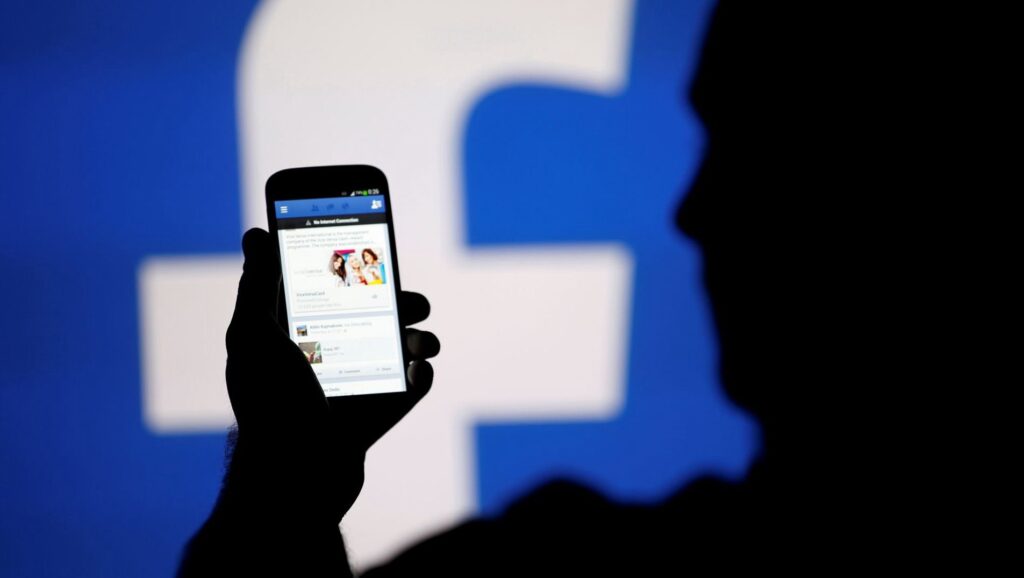Rage-baiting has emerged as a prominent and profitable trend within social media, particularly through the eyes of influencers like Winta Zesu. At merely 24 years of age, Zesu has capitalized on this practice, earning an impressive $150,000 in the past year by provoking anger and eliciting strong reactions from fans and critics alike. "Every single video of mine that has gained millions of views is because of hate comments," she states, revealing the mechanism behind her success.
Her social media presence as a model in New York City often involves exaggerated portrayals—where being "too pretty" is the issue at hand—in order to spark divisive commentary. Unlike traditional clickbait, which employs enticing headlines to attract users, rage-baiting is characterized by its inherent manipulativeness, aiming to provoke visceral responses and generate engagement.
Dr. William Brady, a researcher focusing on technology and psychology, underlines the effectiveness of negative content, claiming that this tendency is ingrained in human behavior. Such content has a stronger hold on attention compared to more innocuous posts, leading to the participatory anxiety that some audiences experience.
Podcaster Andrea Jones recognizes that engagement and rewards from social media platforms have catalyzed the growth of anger-inducing content. "If we see a cat, we're like ‘oh, that's cute’ and scroll on. But if we see someone doing something obscene, that becomes a higher-quality engagement, prompting users to leave comments," she points out. This cycle leads to more lucrative opportunities for creators, pushing them to prioritize engagement metrics over content quality.
As political climates heat up globally, rage-baiting has infiltrated political discussions as well, with inflammatory posts regarding candidates and their platforms. Brady notes a significant uptick in this type of content in the lead-up to elections, suggesting creators use it as a method to galvanize supporters or detractors alike.
An investigation revealed that some users earn thousands for sharing misinformation and conspiracy theories. Ariel Hazel, an academic in communications, warns of the toll this barrage of negativity can take on individuals, promoting news avoidance and emotional fatigue. The concern extends to the normalization of anger as a accepted social demeanor, reshaping perceptions of acceptable behavior online.
While major social media platforms continue to face scrutiny over their content moderation practices, responses to the rise of rage-baiting have been inconsistent. Meta's Adam Mosseri acknowledged the growing issue of engagement-bait, stating efforts to address it are underway. On the other hand, other platforms like X have adjusted their algorithms to prioritize user engagement with monetization linked directly to reactions and shares.
From her New York City apartment, Zesu shares her reservations about using rage-baiting as a political tool. "If they're using it genuinely to educate and inform people, it's fine. But if they're using it to spread misinformation, I totally do not agree with that," she declares. The battle between the allure of anger-driven profits and the ethical implications of rage-baiting continues to evolve, highlighting a crucial junction for social media influences and the broader audience they impact.
Her social media presence as a model in New York City often involves exaggerated portrayals—where being "too pretty" is the issue at hand—in order to spark divisive commentary. Unlike traditional clickbait, which employs enticing headlines to attract users, rage-baiting is characterized by its inherent manipulativeness, aiming to provoke visceral responses and generate engagement.
Dr. William Brady, a researcher focusing on technology and psychology, underlines the effectiveness of negative content, claiming that this tendency is ingrained in human behavior. Such content has a stronger hold on attention compared to more innocuous posts, leading to the participatory anxiety that some audiences experience.
Podcaster Andrea Jones recognizes that engagement and rewards from social media platforms have catalyzed the growth of anger-inducing content. "If we see a cat, we're like ‘oh, that's cute’ and scroll on. But if we see someone doing something obscene, that becomes a higher-quality engagement, prompting users to leave comments," she points out. This cycle leads to more lucrative opportunities for creators, pushing them to prioritize engagement metrics over content quality.
As political climates heat up globally, rage-baiting has infiltrated political discussions as well, with inflammatory posts regarding candidates and their platforms. Brady notes a significant uptick in this type of content in the lead-up to elections, suggesting creators use it as a method to galvanize supporters or detractors alike.
An investigation revealed that some users earn thousands for sharing misinformation and conspiracy theories. Ariel Hazel, an academic in communications, warns of the toll this barrage of negativity can take on individuals, promoting news avoidance and emotional fatigue. The concern extends to the normalization of anger as a accepted social demeanor, reshaping perceptions of acceptable behavior online.
While major social media platforms continue to face scrutiny over their content moderation practices, responses to the rise of rage-baiting have been inconsistent. Meta's Adam Mosseri acknowledged the growing issue of engagement-bait, stating efforts to address it are underway. On the other hand, other platforms like X have adjusted their algorithms to prioritize user engagement with monetization linked directly to reactions and shares.
From her New York City apartment, Zesu shares her reservations about using rage-baiting as a political tool. "If they're using it genuinely to educate and inform people, it's fine. But if they're using it to spread misinformation, I totally do not agree with that," she declares. The battle between the allure of anger-driven profits and the ethical implications of rage-baiting continues to evolve, highlighting a crucial junction for social media influences and the broader audience they impact.



















